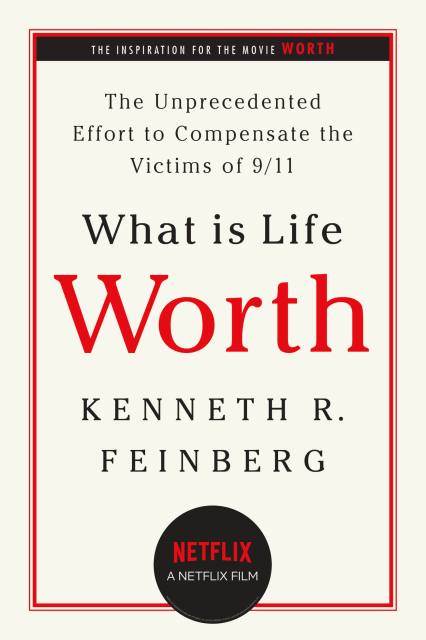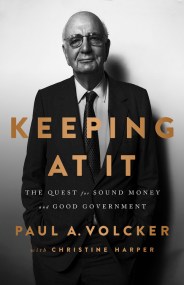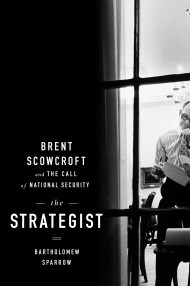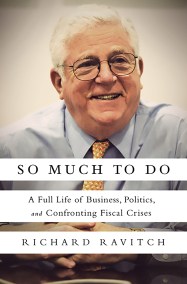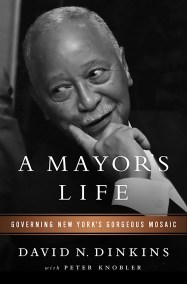Promotion
25% off sitewide. Make sure to order by 11:59am, 12/12 for holiday delivery! Code BEST25 automatically applied at checkout!
By clicking “Accept,” you agree to the use of cookies and similar technologies on your device as set forth in our Cookie Policy and our Privacy Policy. Please note that certain cookies are essential for this website to function properly and do not require user consent to be deployed.
What Is Life Worth?
The Unprecedented Effort to Compensate the Victims of 9/11
Contributors
Formats and Prices
- On Sale
- Aug 29, 2006
- Page Count
- 336 pages
- Publisher
- PublicAffairs
- ISBN-13
- 9780786748150
Price
$9.99Price
$12.99 CADFormat
Format:
- ebook $9.99 $12.99 CAD
- Audiobook Download (Unabridged)
- Trade Paperback $16.99 $22.99 CAD
This item is a preorder. Your payment method will be charged immediately, and the product is expected to ship on or around August 29, 2006. This date is subject to change due to shipping delays beyond our control.
Buy from Other Retailers:
Just days after September 11, 2001, Kenneth Feinberg was appointed to administer the federal 9/11 Victim Compensation Fund, a unique, unprecedented fund established by Congress to compensate families who lost a loved one on 9/11 and survivors who were physically injured in the attacks. Those who participated in the Fund were required to waive their right to sue the airlines involved in the attacks, as well as other potentially responsible entities. When the program was launched, many families criticized it as a brazen, tight-fisted attempt to protect the airlines from lawsuits. The Fund was also attacked as attempting to put insulting dollar values on the lives of lost loved ones. The families were in pain. And they were angry. Over the course of the next three years, Feinberg spent almost all of his time meeting with the families, convincing them of the generosity and compassion of the program, and calculating appropriate awards for each and every claim. The Fund proved to be a dramatic success with over 97% of eligible families participating. It also provided important lessons for Feinberg, who became the filter, the arbitrator, and the target of family suffering. Feinberg learned about the enduring power of family grief, love, fear, faith, frustration, and courage. Most importantly, he learned that no check, no matter how large, could make the families and victims of 9/11 whole again.
Newsletter Signup
By clicking ‘Sign Up,’ I acknowledge that I have read and agree to Hachette Book Group’s Privacy Policy and Terms of Use
